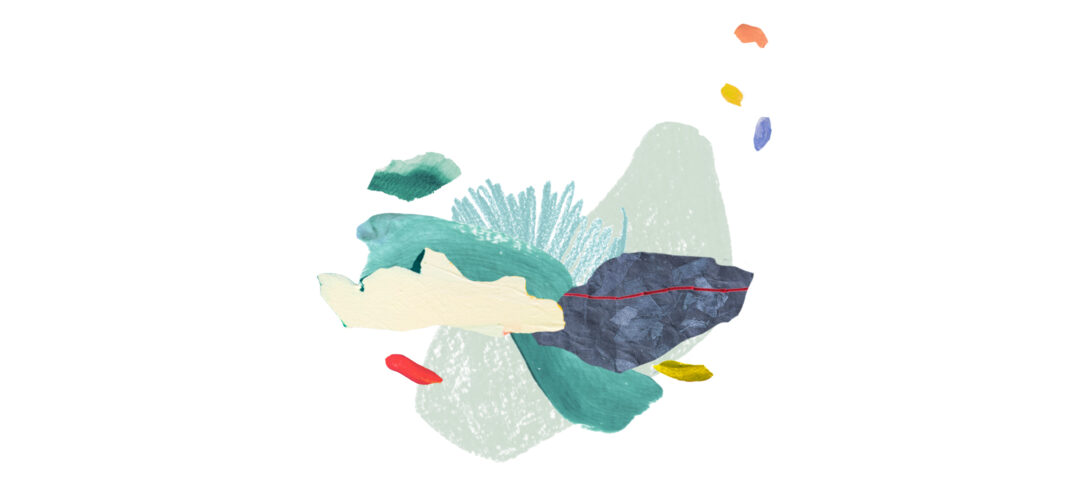
Let’s Go See the World Together
50 seasons of creation and hope
This story began just over fifty years ago.
At the time, in Québec, like elsewhere in the world, a new generation was rising up against a system that had been blocking true change in society. Everywhere – in the streets, in factories, in homes – there was talk of a quiet revolution, and people spoke from the heart about the need for profound social transformation.
In the theatre sector, it was also the dawn of a new, vibrant, patriotic era. Many artists combined their passion for their work with their passion for politics; they turned away from institutions and toward collective creation and speaking out. Some noticed the underestimation of one social group in particular, children, whom they deliberately chose for their audience.
It was during this era that publication of reports by the Parent (1963–66) and Rioux (1966–69) commissions led to “a democratization of education, new pedagogical approaches, laicization of society, and a proliferation and renewal of cultural practices.”[1] This context also fostered reflection on the emancipation of young audiences, and it opened the way for creators to branch out from the only two paths by which it seemed appropriate to address children: fantasy and didacticism. These artists took a keen interest in their public, learned about their development and became familiar with how they thought, their problems, and their language. Some worked with teachers, psychologists, and sociologists to gauge the impact of performances on children.
As the magnificent cultural surge unfurled, two young artists decided to form a creative theatre company. Inspired by their vision of the future, Gervais Gaudreault and Suzanne Lebeau decided that they would reach out to children, who were normally served fairy tales. They engaged in an approach that led them to tell young audiences about the world, “not to dictate the truth but to share existential questions that we live with from birth to death.”[2]
That is how Le Carrousel was born; its co-founders chose this name to represent the movement that the gaze absorbs, even from a fixed point.
Fifty seasons later, I’m now the company’s artistic director, with fifteen years of transmission to reinforce my work. Like Gervais Gaudreault and Suzanne Lebeau before me, I am driven by profound respect for children of all ages, who inspire me more every day. With their openness of spirit, their moral strength, their ability to adapt, and their infinite fascination with the world, they give me courage as an adult, a woman, and an artist.
As this fiftieth season begins, and as millions of children around the world start a new school year, I send them, and Le Carrousel, my wishes of hope and solidarity.
Together, as artists and children, let’s embrace the world and celebrate its powerful complexity. Let’s take risks and cultivate an interest in the Other. Let’s keep an open mind about our thoughts, our relationships, and our capacity to understand others. Let’s take in an interest in all of humanity, and in the biosphere. Let’s dig up the how and the why. Let’s be fierce and tireless searchers, attentive to differences, nuances, the interdependence of things and living beings – to everything that makes the world the world and that shapes us as individuals.
I wish you the time to keep growing, the curiosity to keep learning, and the love that dares to reach out to the unknown, embrace the invisible, and face the unexpected.
Let’s celebrate this step in the journey of Le Carrousel, which, like childhood, has the energy of inspiration that makes it possible to shape the future with new perspectives rooted in a long, wonderful history.
Dear children, grow well (be ready for anything)!
And may Le Carrousel’s story keep being written for a long time to come!
Marie-Eve Huot
Artistic director
[1] S. Lebeau, Écrire pour les jeunes publics (Montréal: Dramaturges Éditeurs, 2019), 37–38 (our translation).
[2] Ibid., 18 (our translation).
Illustration : Stéphanie Robert
